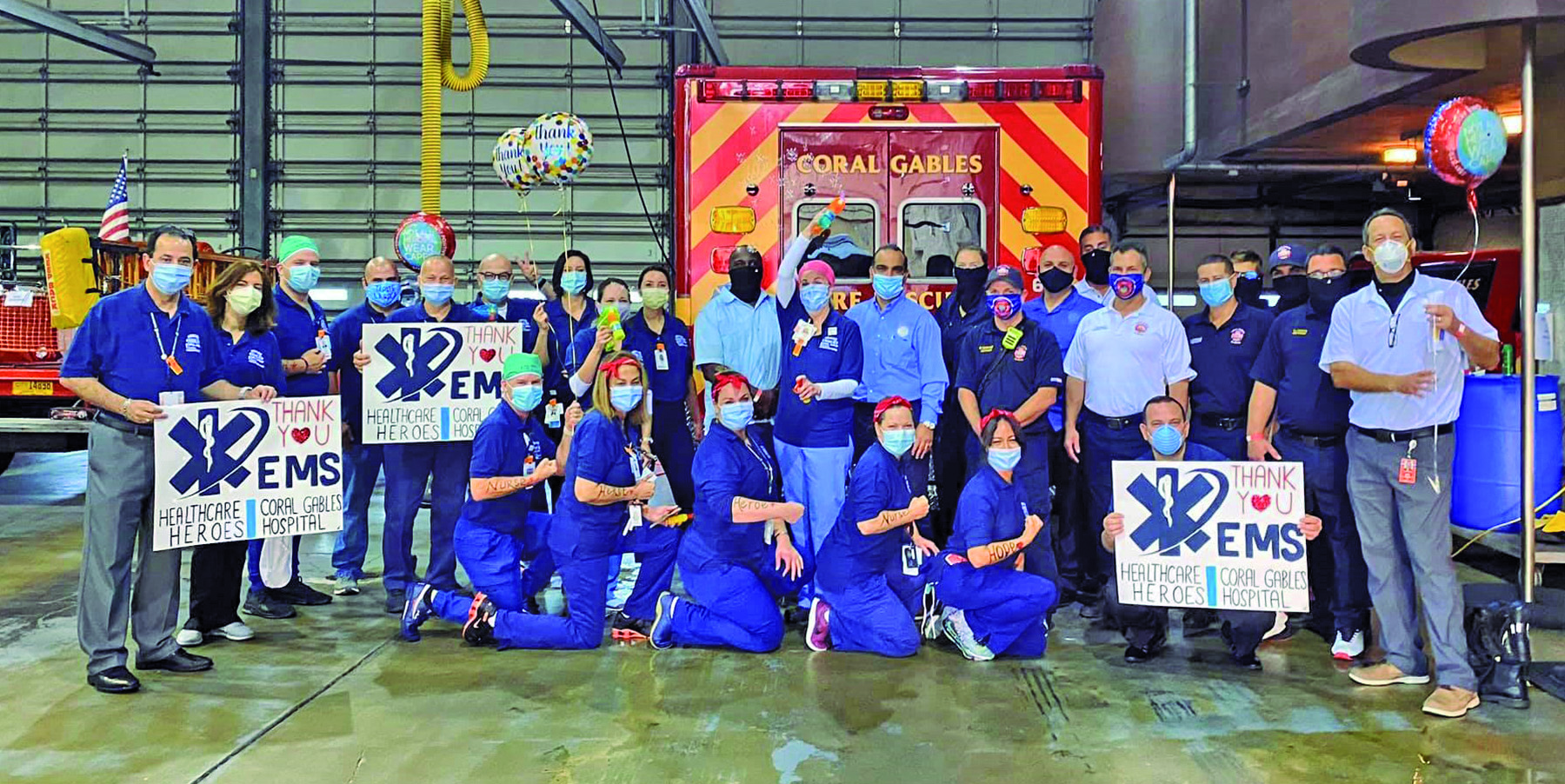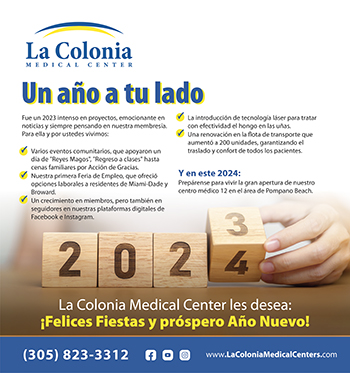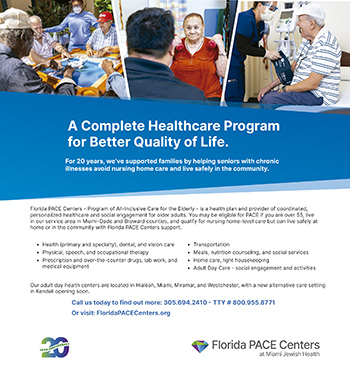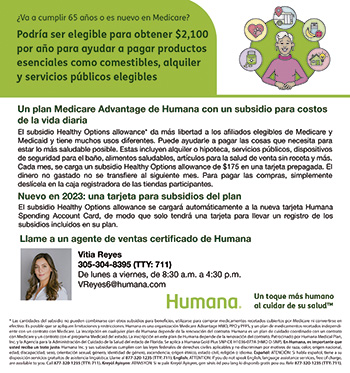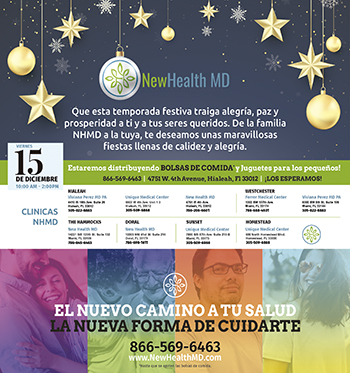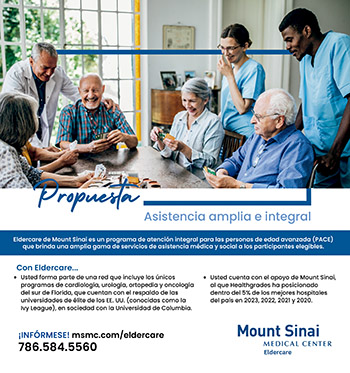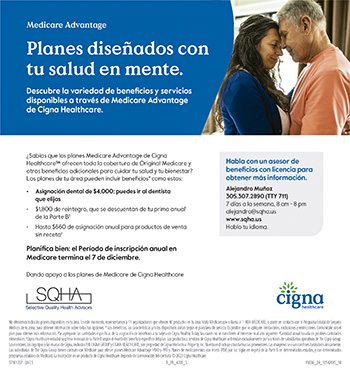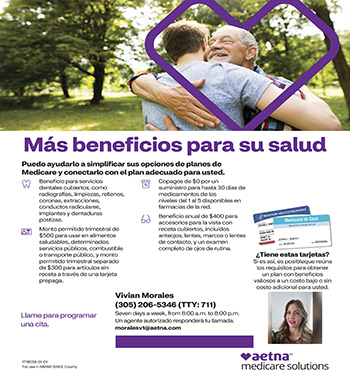Medical emergencies can be unpredictable and sometimes very traumatic. While no one plans to visit the emergency room of a hospital, it’s helpful if you know some things ahead of time. It may even make an unexpected trip at least a little easier.
 ERs are equipped to handle all types of emergencies. Patients usually arrive at the ER by ambulance or by a friend or family member. Sometimes they may even drive themselves! Patients who arrive by ambulance or are unconscious upon arrival are usually assigned a bed and evaluated immediately. If someone else brings you to the ER and you are not unconscious, you will first be evaluated in the triage areal and either assigned a patient bed or sent to a waiting room until a bed is available. If you’re experiencing shortness of breath, fever, cough or other signs & symptoms of Covid-19, you will immediately be sent to a separate, well ventilated area or isolation room until you are safe to be discharged.
ERs are equipped to handle all types of emergencies. Patients usually arrive at the ER by ambulance or by a friend or family member. Sometimes they may even drive themselves! Patients who arrive by ambulance or are unconscious upon arrival are usually assigned a bed and evaluated immediately. If someone else brings you to the ER and you are not unconscious, you will first be evaluated in the triage areal and either assigned a patient bed or sent to a waiting room until a bed is available. If you’re experiencing shortness of breath, fever, cough or other signs & symptoms of Covid-19, you will immediately be sent to a separate, well ventilated area or isolation room until you are safe to be discharged.
An emergency room doesn’t operate on a first-come, first-served basis; instead patients are seen based on severity of injury or illness. Typical categories may include:
Immediately life-threatening,
Urgent but not immediately life-threatening, and Less urgent.
This categorization is usually conducted by a triage nurse and is necessary to ensure that the most severe patients are treated first. The triage nurse is usually the first person you will see in the ER. The nurse will check your vital signs (temperature, pulse, blood pressure, etc.) and will get a brief medical history, including information on current treatments or medications.
Once you see the triage nurse, you will usually have to go through registration. This is where you provide details such as your name, address, telephone number and insurance information. If your condition is life-threatening or if you arrive by ambulance, this step may be done later at the bedside.
The waiting times in an emergency room vary from hospital to hospital and day-to-day. If you do have to wait before being seen, remember that the doctors and nurses are busy treating other patients, some of whom may have a life-threatening illness or injury. You may want to bring a book, crossword puzzle or other quiet activity to help you pass the time in the waiting area. If you bring a cellphone or other electronic devices, please don’t forget to bring the appropriate chargers. Charging cables will most likely NOT be available the entire length of your stay.
Once an emergency physician is able to see you, you will be brought to an examination room. Some emergency departments break out their examination rooms into various categories, including a trauma center for severely injured patients, a fast track for minor injuries or illnesses and an observation unit for patients who required prolonged treatment or several diagnostic tests.
The emergency physician will ask a lot of questions about the circumstances surrounding the injury or illness. To help increase the possibility of correct diagnosis and treatment, you must be sure to be completely truthful about events and symptoms. Your doctor may need to order laboratory tests, X-rays or other diagnostic tests. You may need to wait in the emergency department before these special machines are available, while the results are processed and analyzed, and while you receive your specific treatment and disposition.
You may be admitted to the hospital if your medical condition requires it. Occasionally, the emergency room physician may decide to put you into a special room for close observation. When you are discharged from the emergency room, you’ll be given written instructions on your care at home including instructions on following up with your personal physician.
In addition to being familiar with how the ER works, you should be familiar with a few things before a visit, including:
- The fastest route to your local ER
- Emergency room procedures, including who to check in with and how to check on a patient’s status.
- Visiting procedures
Also, keep in mind that ERs can be very busy, with a lot of people – patients, nurses and physicians. Remember to stay calm and to be polite, but assertive, and always ask questions about your specific diagnosis, treatment options, and where and when you should follow up after you’ve been discharged.
Dr. Allan Hernandez is with Hialeah Hospital.



